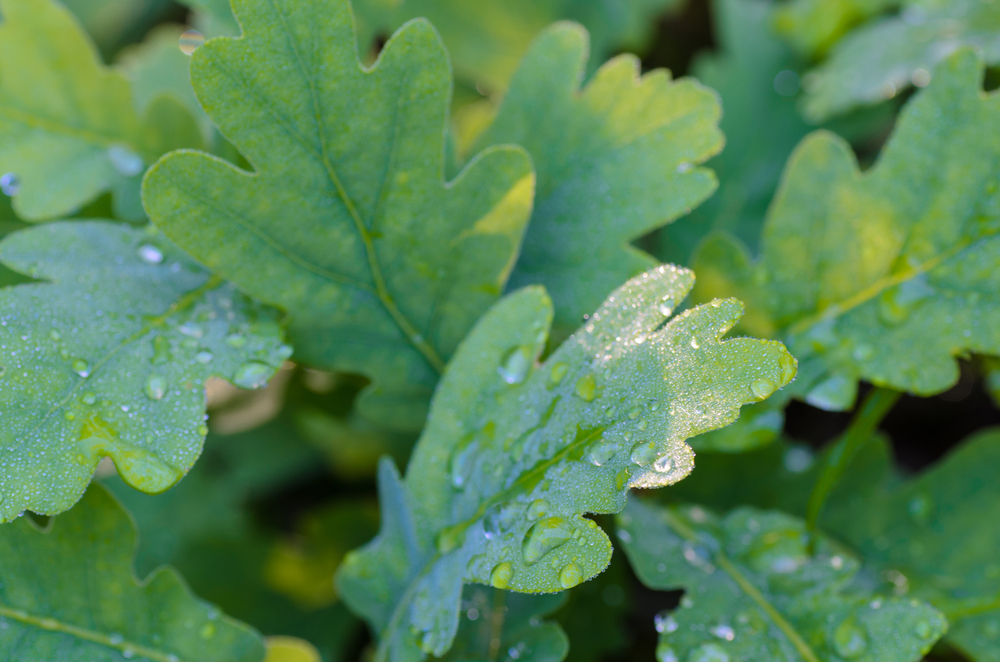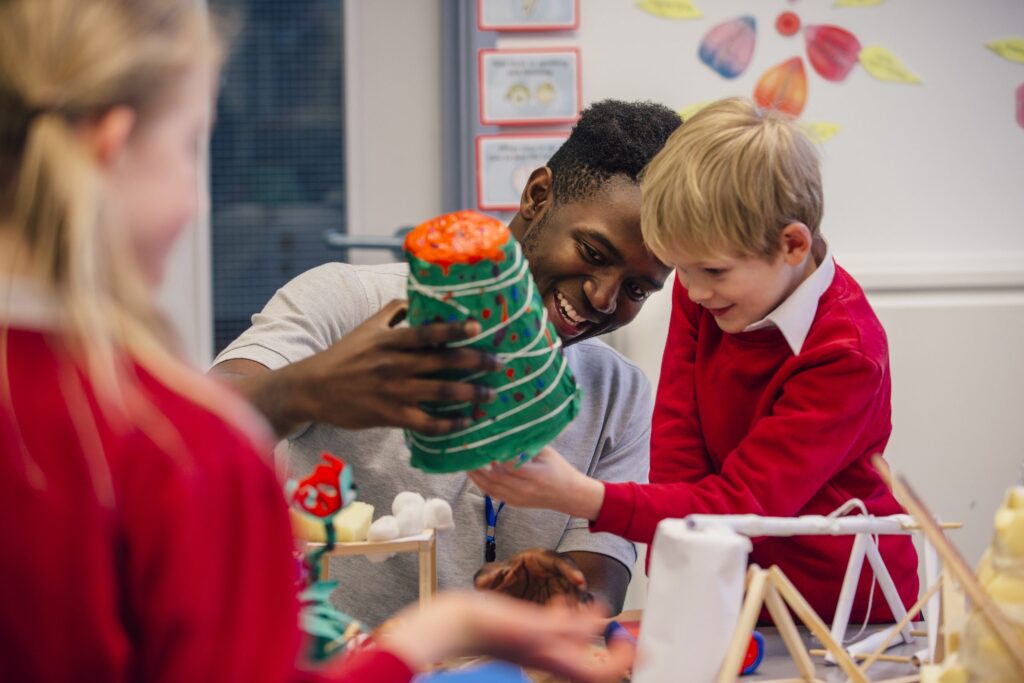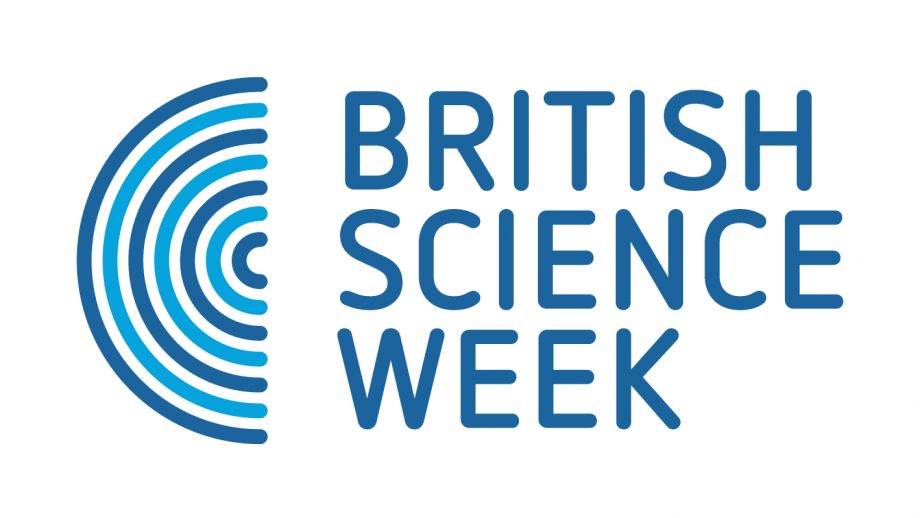We’ve all done the topic on water where we decide what we use water for each day and how it gets to us. In fact, one of the most popular school trips is to a water treatment works or pumping station.
This set of activities looks at water from a different perspective – what the world would be like without it.
One of the key environmental issues facing the globe, yet one of the least acknowledged, is the fact that we are running out of it. Very soon there won’t be enough to supply the world’s people, a fact that has recently been brought home to the people of California and which is looming over the United Kingdom.
Activity: Take it Away
Suitable for:
Year 3 to Year 6
Learning Focus:
- Recognise that water is vital for so many things in the world
- Understand the effect that a lack of water would have on our environment
If we look out into the school grounds, we might see stretches of green grass, trees and flowers, all of which need water to be able to grow. In our school kitchens, fruit and vegetables and even the animals that supply the meat all need water so what would happen if it dried up?
Ask the pupils to think about where they use water each day and where they see it being used around them.
List the answers on the board and then discuss the potential problems and possible alternatives if the water wasn’t there.
Examples could include the school cleaners mopping the floor or washing the windows, the flushing of the school toilets or even doing painting in art.
What would we do if there was no water?
The question should provoke some interesting answers as well as some deep thinking and appreciation of the importance of water.
If the taps suddenly didn’t work, how could we get water and how safe would it be?
Activity: Getting Water
Suitable for:
Year 2 to Year 6
Learning Focus:
- To understand that sources of water are all around us
- To know how to collect water from an environment
There are various ways we can get water, some of which could be very useful as a way of conserving water around school.
Few people realise that trees give off a lot of water through a process called ‘transpiration’. You can let the pupils see how this works by getting them to tie a clear plastic bag around the leaves at the end of a branch and leave it there for a few days.
Almost immediately, you should see the bag start to mist up and after a few days you’ll find around a cupful of water in the bag. Ask the children where they think the water is coming from and afterwards, using a microscope or a picture from the internet, show them the pores on the leaves where the water escapes from the leaves.
You can also demonstrate how wells work by filling a 30cm deep storage box with sand and pouring in several litres of water. This will drop to the bottom. Ask the pupils to start digging through the sand with a trowel or spoon and eventually they’ll come to the level of the water. Digging further will see water collecting in the shaft they’ve dug. This is the principle on which ordinary wells work and in many parts of the UK, doing this on a much larger scale should result in water being found.
Another way to collect water is from run off, usually from the roofs of buildings. Water is channelled away through gutters and downpipes normally but by interrupting the flow to the drain system with a water butt, it’s possible to collect water for use, perhaps watering the school garden in dry weather.
A mathematical extension to this activity is to calculate how much water is saved by them collecting it.




